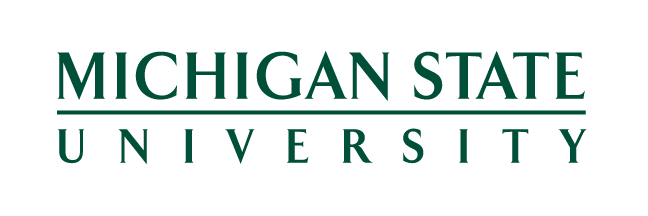AUTHORS
Amy Auletto, Michigan State University
Danielle Sanderson Edwards, Michigan State University
A Working Paper from EPIC
Location, Location, Location: How Teacher Education Programs Position Graduates for Their First Teaching Jobs
June 2019
Previous research has documented the difficulties urban and rural districts, schools serving socioeconomically disadvantaged students, and geographically isolated areas have in recruiting and retaining teachers. Using administrative data from Michigan, we focus on the relationship between teacher education programs (TEPs) and teachers’ first teaching placements in communities that have been traditionally disadvantaged in attracting teachers. Specifically, we examine the extent to which TEP characteristics predict the likelihood of their graduates working in communities that: are low-income urban and rural locales, have lower college attainment rates, or are geographically isolated from TEPs. We find that teachers who attended TEPs in Michigan that have higher entry GPA requirements are more likely to teach in rural and geographically isolated areas but less likely to teach in urban Title I schools. Higher quality TEPs that require more hours of pre-student and student teaching are less likely to place teachers in rural Title I schools. Also, we find that the relationships between TEP characteristics and first teaching placement differ for teachers who go on to teach in traditional public schools and charter schools. We conclude with several policy recommendations for TEPs.
EPIC working papers are designed to provide timely analyses of current policy questions. They have not undergone final peer review and should not be cited or distributed without permission from the authors. EPIC working papers are carefully vetted and prepared prior to distribution in this series, but we reserve the right to amend these reports as part of the final process of publication over time.




